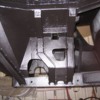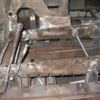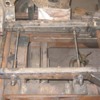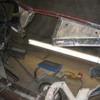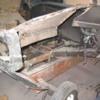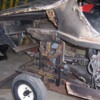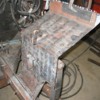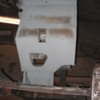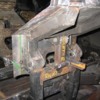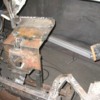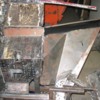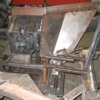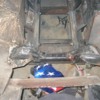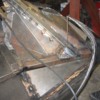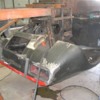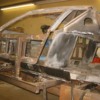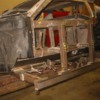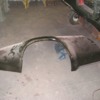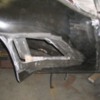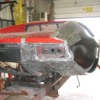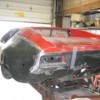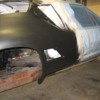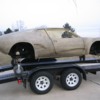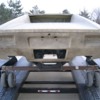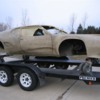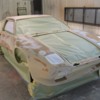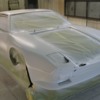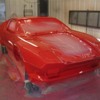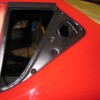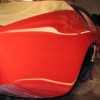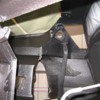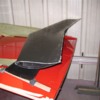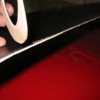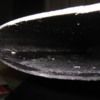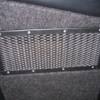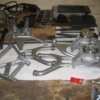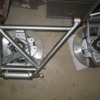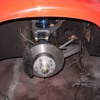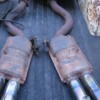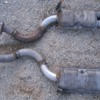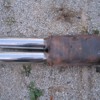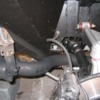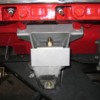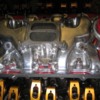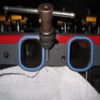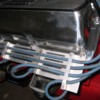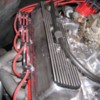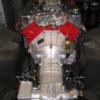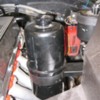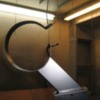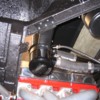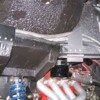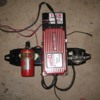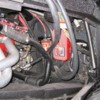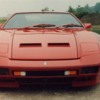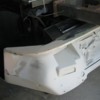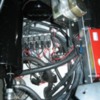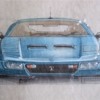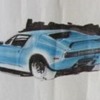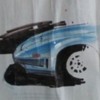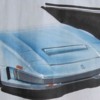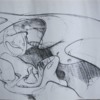quote:
Originally posted by Bdkity:
Hi Kirk, like many of the others, I'm in awe of the commitment and skill required to bring this car back. How many hours of labor from start to finish? Thanks for sharing.
Be well,
-Olaf
Olaf,
Thank you so much for the kind kudos. On a project like this when the insurance company is involved and the car is much worse than originally estimated, I do not track the hours accurately but I am sure there are 500 man hours or more in it. The actual sheet-metal collision work on this car was not that bad. Details, un-seen rust, improvements, paint requiring a total teardown (which is the only way I will repaint any car), customer changes and the haunting perfectionist in me causes far more issues with increased man-hours that the bump work. Sorry for tooting my own horn---you will always get more than the hours reflect because it is impossible to explain why a simple looking bracket took maybe 4 hours to scratch build could cost 400.00---so often we choose to eat the time. I prefer to have extremely happy customers with a car that is well built, run tested so when you are taking your mate out to the neighborhood eatery, paid the check, both walk out to a crowd looking at the car, it looks, starts and runs perfectly. If the car fails because of a poorly made bracket, bad wiring connections or any number of poor craftsmanship issues from the work preformed, it is the worst, most embarrassing moment possible for the owner and I will not allow any car to leave in less than a 100% condition unless we are not completing the project top to bottom. I often do portions of cars so in that case only the work we've done is scrutinized. Sorry for the wordy explanation---but I thank you for asking. (:>)
One example---in the picture below there is allot going on in a tight area. One example---there are 5 relays that control 2 separate ignition control modules---a Ford Dura spark and a MSD multi spark. The customer can switch from system to system on the move and there is a reason for this option. This car's 393 engine was dynode making 565 HP and is driven short jaunts during the season and has never had a failure since it was delivered 5 years ago. Every connection is shrink tubed and properly routed so the wires will not rub through non grommet-ed holes or burn from radiant exhaust heat.
Hope the explanation helps. Thank you all again for the kind words of support.
Kirk


